Chemistry
0.0(0)
Card Sorting
1/38
Earn XP
Description and Tags
Study Analytics
Name | Mastery | Learn | Test | Matching | Spaced |
|---|
No study sessions yet.
39 Terms
1
New cards
atom
smallest part of an element that can be identified as that element
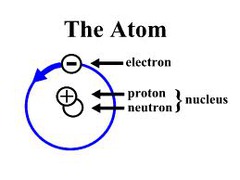
2
New cards
element
substance that CANNOT be chemically broken down into simpler substances

3
New cards
nucleus
center, or core, of an atom (where the protons and neutrons are located)
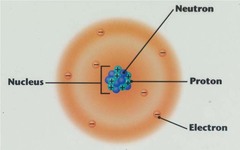
4
New cards
proton
particle that has a positive charge - located in the nucleus of an atom. You can figure out the number of protons by looking at the atomic number of an element.
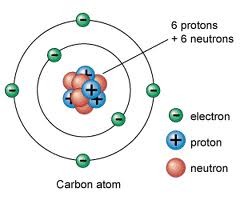
5
New cards
neutron
particle that has no charge - located in the nucleus of an atom. You can figure out the number of neutrons by SUBTRACTING the atomic Mass minus the atomic number.
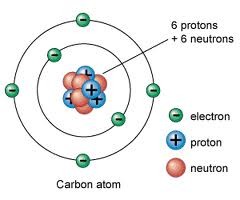
6
New cards
electron
particle that has a negative charge - located in rings outside the nucleus of an atom. You can figure out the number of electrons by looking at the atomic number of an element.
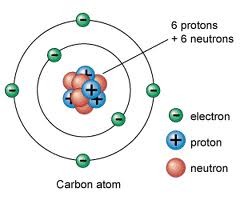
7
New cards
atomic number
number of protons in the nucleus of an atom. This is the same number as the number of electrons
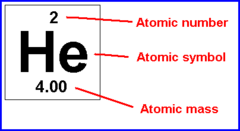
8
New cards
atomic mass
total mass of the protons and neutrons in an atom
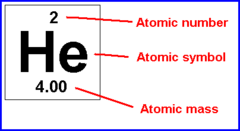
9
New cards
energy level
place in an electron cloud where an electron is most likely to be found - rings. Remember, 2-8-18-32.

10
New cards
metal
element that has the property of shiny luster, ductility, and malleability
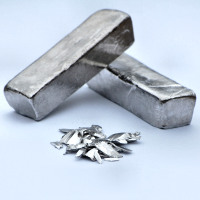
11
New cards
luster
the way a material reflects light
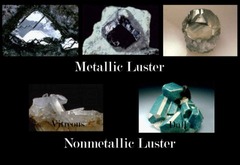
12
New cards
malleable
able to be hammered into different shapes
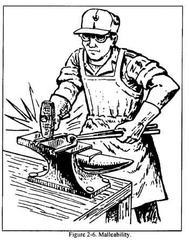
13
New cards
ductile
able to be drawn into thin wires
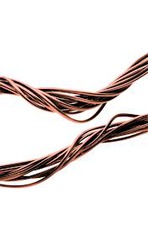
14
New cards
nonmetal
element that lacks most of the properties of a metal, is not shiny, does not conduct electricity or heat well, is not malleable so it is called brittle or breakable.
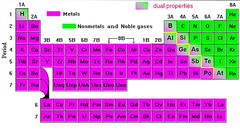
15
New cards
halogens
elements that make up Group 17 in the periodic table
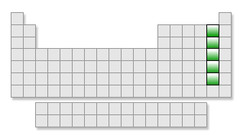
16
New cards
noble gases
elements that make up Group 18 in the periodic table
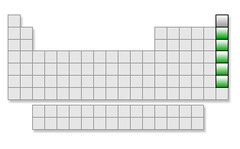
17
New cards
matter
anything that has mass and takes up space
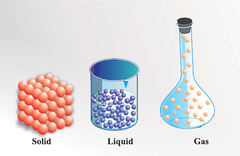
18
New cards
properties
characteristics used to describe an object
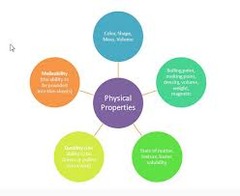
19
New cards
state of matter
any of the four physical forms of matter
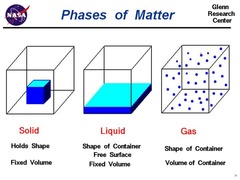
20
New cards
solid
state of matter with a definite shape and volume

21
New cards
liquid
state of matter with a definite volume but no definite shape

22
New cards
gas
state of matter that has no definite shape or volume
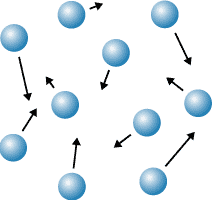
23
New cards
plasma
state of matter made up of electrically charged particles - needs high temperatures and high pressure
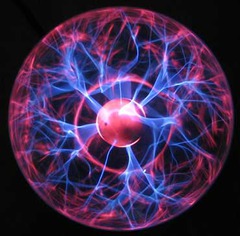
24
New cards
chemical formula
way of writing the name of a compound using chemical symbols

25
New cards
subscript
number written to the lower right of a chemical symbol in a chemical formula

26
New cards
chemical equation
statement in which chemical formulas are used to describe a chemical reaction

27
New cards
coefficient
number that shows how many molecules of a substance are involved in a chemical reaction
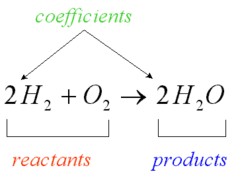
28
New cards
chemical reaction
process in which new substances with new chemical and physical properties are formed

29
New cards
reactant
substance that is changed in a chemical reaction
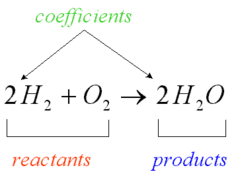
30
New cards
product
substance that is formed in a chemical reaction
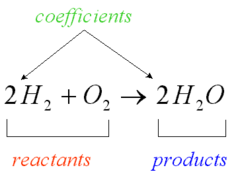
31
New cards
molecule
smallest part of a substance that has all the properties of that substance - more than one element, like hydrogen and oxygen make water
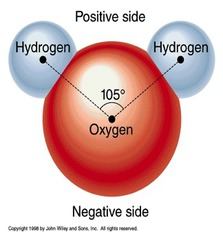
32
New cards
chemical bond
force of attraction that holds atoms together
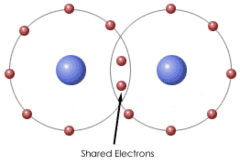
33
New cards
freezing
change from a liquid to a solid

34
New cards
melting
change from a solid to a liquid
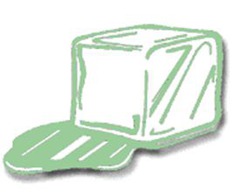
35
New cards
evaporation
change from a liquid to a gas at the surface of the liquid
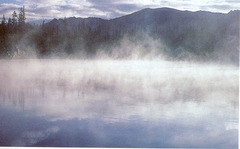
36
New cards
condensation
change from a gas to a liquid
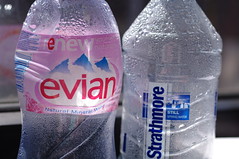
37
New cards
sublimation
change from a solid directly to a gas

38
New cards
physical change
change that does not produce new substances - melting an ice cube or ripping paper. You can get the ice back and the paper is still paper.
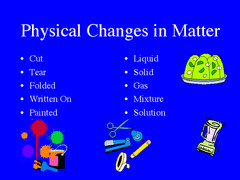
39
New cards
chemical change:
change that produces new substances - burning wood to make ashes or mixing mentos and coke. You can't get the wood or the mentos back.